Introducing Young Minds to the Complexities of Machine Learning
Introducing Young Minds to the Complexities of Machine Learning
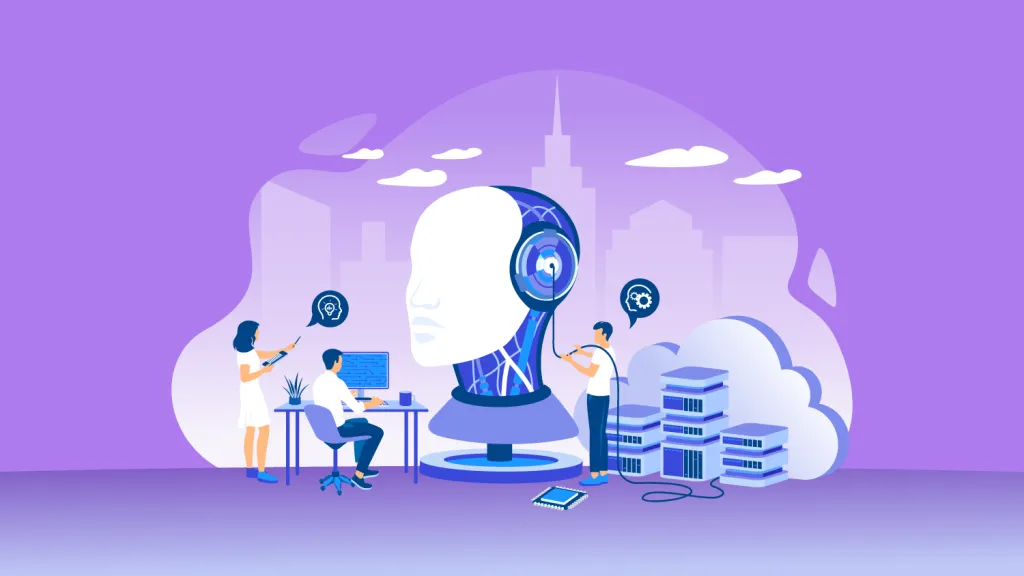
It may seem intimidating initially to understand machine learning, especially for young minds unfamiliar with complex technology concepts. However, when explained in simple language, by common examples, and through hands-on activities, even complex ideas can be made simple and fun.
Children are inherently curious, and leveraging that curiosity with child-friendly tools and common analogies can make learning about machine learning enjoyable and rewarding. With the right educational tools, children can begin to discover how machines perceive patterns, make decisions, and improve with experience.
It's not merely using technology—it's understanding how technology functions. Understanding the "why" and "how" behind their favorite apps or devices makes them not only passive consumers but active thinkers and future creators.
It lays a foundation of knowledge that they can expand upon as they grow up. Incorporating machine learning at a young age also builds a host of cognitive skills such as critical thinking, logical thinking, and creative problem-solving.
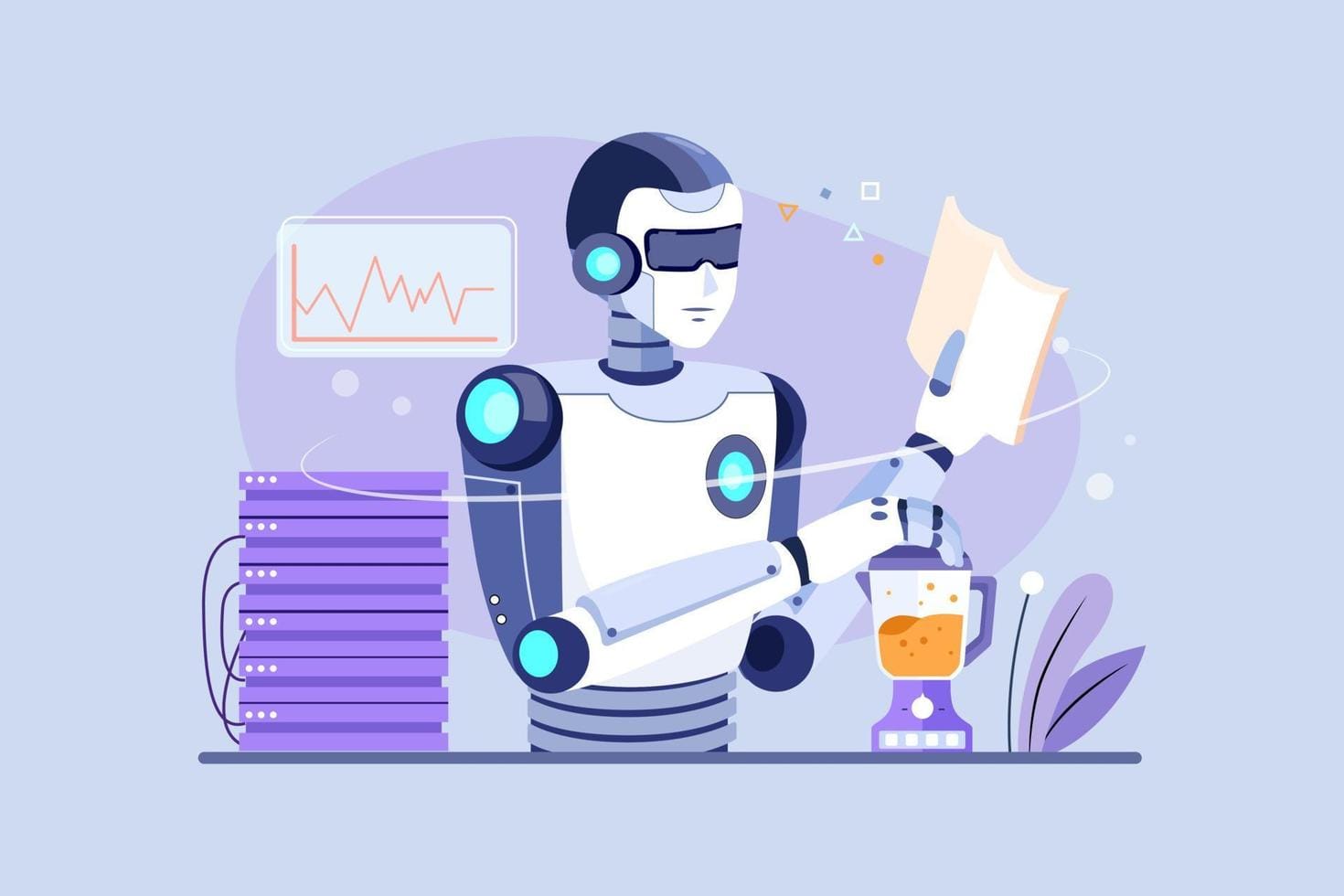
These skills can be transferred to the classroom and later on in life, regardless of whether or not they will be employed in tech. By studying how smart systems think through machine learning, kids gain a better understanding of the digital world that exists around them—a crucial skill in today's rapidly changing world.
The goal of this blog is to help teachers and parents bridge the gap between complex machine learning concepts and the natural learning potential of a child.
Through demystifying the subject and providing simple, easy-to-use tips, our goal is to inspire young minds to test, question, and discover the technology that controls their lives. In doing so, we are empowering them to leverage technology not just for entertainment, but as an avenue for learning, creating, and innovating.
What is Machine Learning and Why Does it Matter?
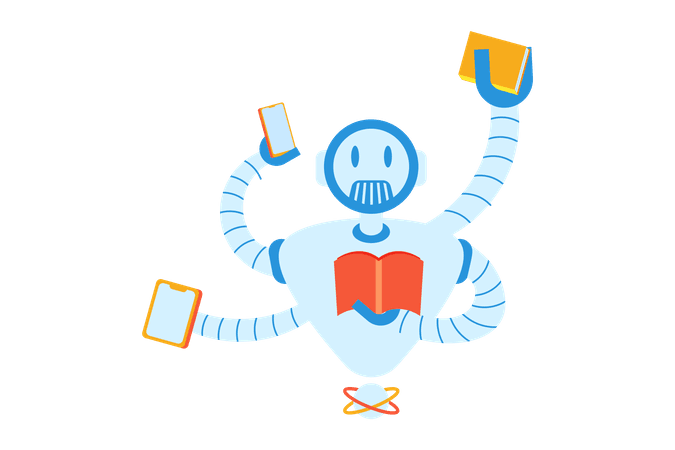
Machine learning helps computers learn how to perform various tasks on their own, thanks to inputting data rather than being completely aimed or built for one task.
Such technology makes things such as voice assistants, online recommendations, and self-driving cars possible. Using machine learning for robotics, systems can learn from what happens to them and change for the better.
Knowing about machine learning for beginners helps children learn about the latest technology innovations. Children may discover how data used in artificial intelligence leads them to wonder about the uses of technology for solving everyday issues.
How Machine Learning Works? Explained for Beginners
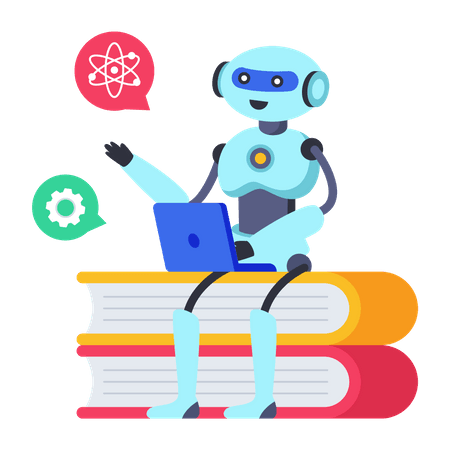
When teaching kids about machine learning, you need to make it easy to understand and use clear examples. At its main point, machine learning for beginners helps computers analyze a lot of data to learn to recognize trends and make decisions based on them.
For example, just as a human child becomes able to distinguish a cat from a dog after seeing several images of each, a computer can do the same by looking at the shape, size, and color of both.
You can teach this by playing games or reading stories. An example is that a computer is similar to a detective who looks at the available data to predict outcomes. The more the detective sees, the more accurate their opinions become. This way of telling stories turns abstract ideas into understandable points for children and can even be applied to more advanced areas like machine learning for robotics or AI machine learning deep learning.
Types of Machine Learning
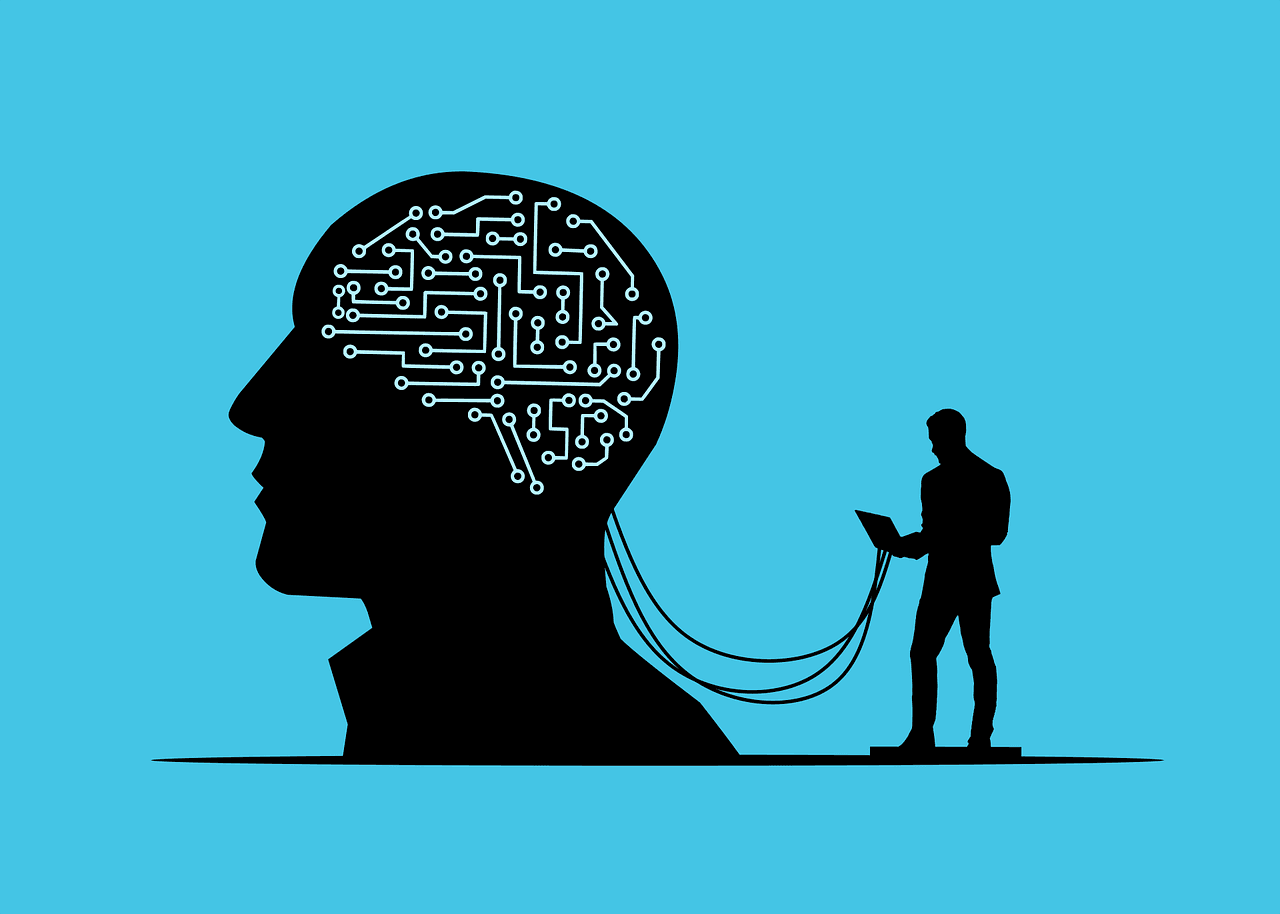
There are three main types of machine learning, and each type teaches machines in its unique manner. We can now explore them with a few examples.
Supervised Learning
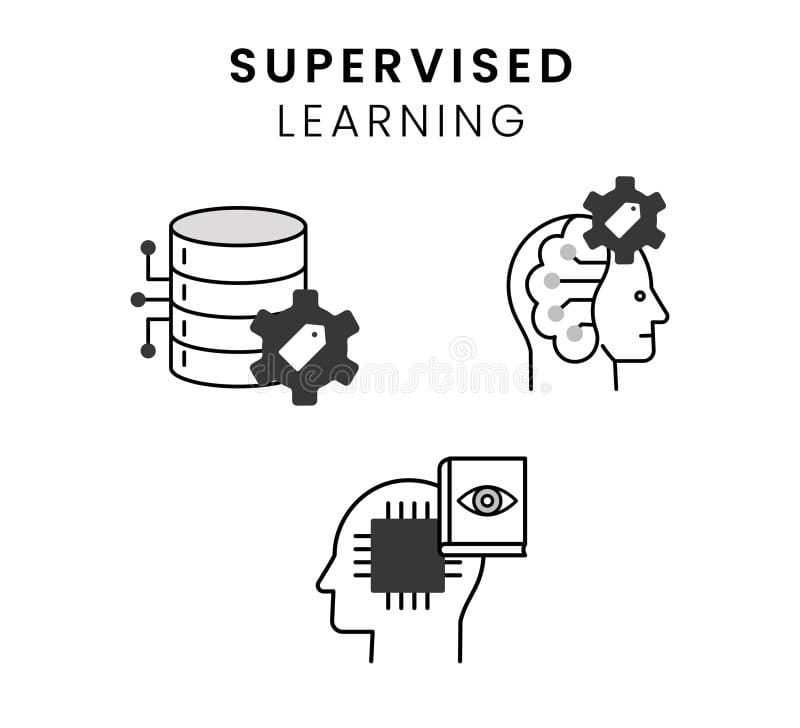
Supervised learning feels like having a teacher assist you with your lessons. In machine learning for beginners, supervised learning, the training data for the computer is labeled correctly. It feels as if the computer had a test sheet in front of it with correct answers already provided.
With the showcase of examples, the computer is trained to break down new data and predict its class.
🧠 For example, you might want a robot to detect different kinds of fruits. You display apples and bananas to it, explaining, “This is an apple,” and “This is a banana.” Once the robot is trained with labeled images, it can identify fruits even when it sees a picture it has not seen before.
Unsupervised Learning
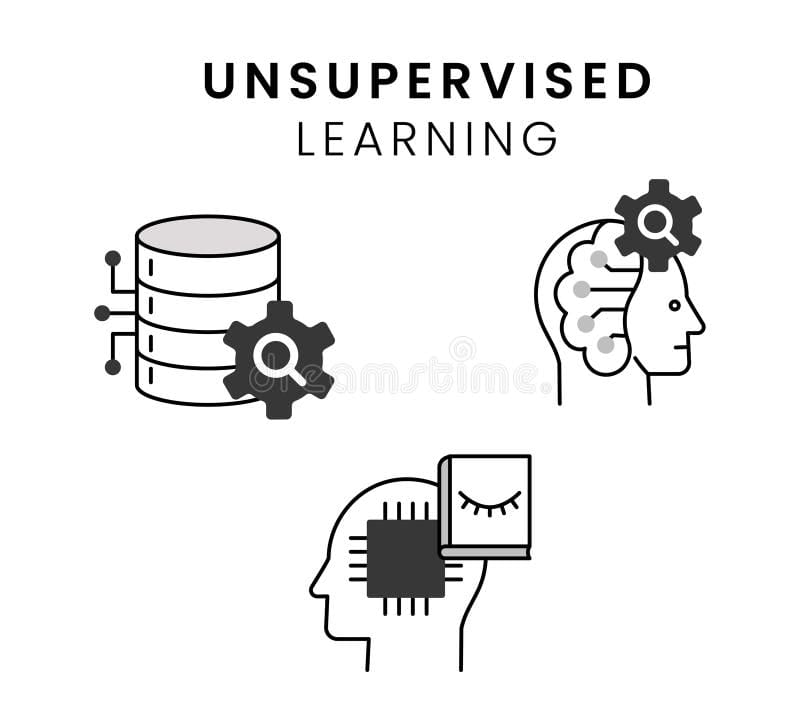
Unsupervised learning feels like wandering without any directions. When unsupervised learning is used, the computer does not receive labeled data.
It cannot be told what the correct groupings are, and instead looks for patterns on its own. It’s not unlike arranging puzzle pieces without seeing the whole picture in advance.
🧠For example, imagine a box that holds many toys of different types. You allow the computer to recognize toys by their distinct attributes, and it begins to gather similar toys together. Without any instructions, the computer learns to find patterns on its own.
Reinforcement Learning
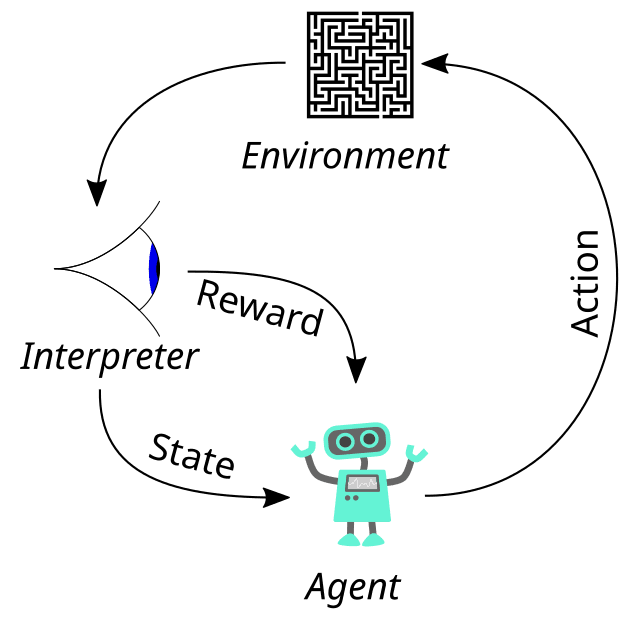
Reinforcement learning works like practicing a task and receiving praise for good results. The idea behind reinforcement learning is that the computer acts and gets graded or rewarded by its performance.
It takes some effort, like when you train your pet. When your pet acts well, you give it a reward. If it does something wrong, it will try not to do it again in the future.
🧠 For example, consider a video game. A computer-controlled figure plays a game by practicing different moves. If focusing on that next time gains more points, it will make the same move. If there’s a bad outcome in the game, it remembers that and updates its strategy. It keeps improving at the game with experience gained from each try.
Machine Learning in Everyday Life for Curious Kids
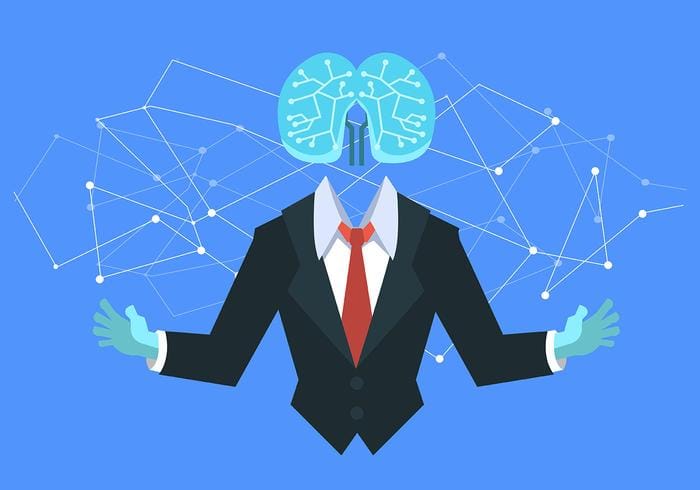
Children use machine learning daily, although they might not understand it yet. Whenever YouTube recommends different videos to watch or a game changes its difficulty as players go along, machine learning is responsible. With the help of past data, these systems can provide better and more customized results.
Parents and teachers can use these experiences to relate machine learning to things children already know. Kids who learn about data and algorithms in everyday programs are likely to appreciate technology more. This awareness helps them build a strong base for future learning and encourages them to join the effort in shaping the digital world.
Why Learning Machine Learning from Scratch Builds Future-Ready Skills?
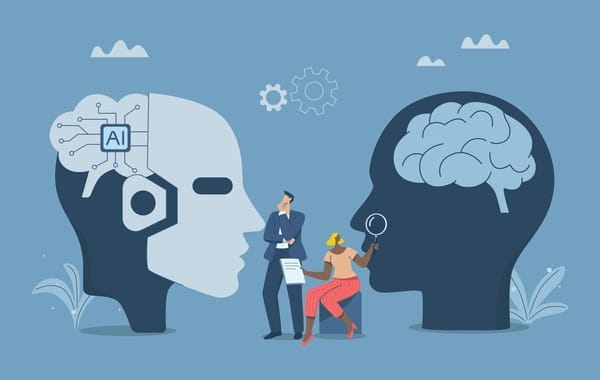
Teaching machine learning from the beginning not only teaches technical skills but also boosts important life skills for kids. By seeing how to take apart a problem, spot similarities, and use facts to decide, children become more skilled and self-assured problem solvers.
These capabilities are useful for work in technical fields but also for studying math, science, and languages. Being taught about machine learning for beginners at an early age helps kids develop an interest in experimental learning.
In both learning to recognize animals from images and working with robots, children are very engaged in the process. Working together in this way builds creativity and determination, which are important skills for a successful job in any field as technology moves forward.
Conclusion
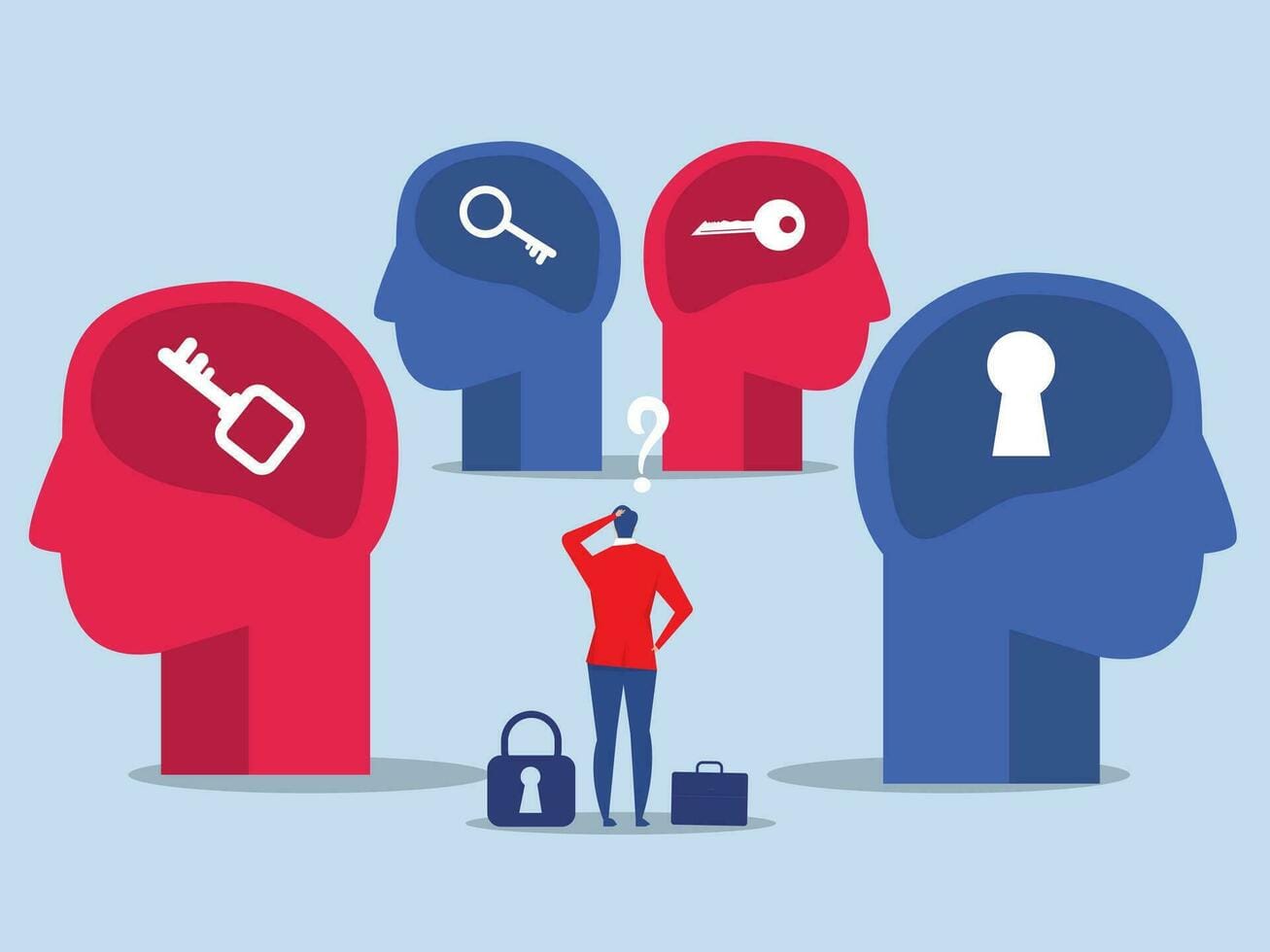
A background in computer science or technical details is not necessary when teaching children the fundamentals of machine learning. The use of metaphors, visuals, and hands-on activities can help break down even the most intricate concepts. With the right approach, children who, by nature, like to probe and tinker, become ideal self-driven learners for technology-centric topics.
Such a base will foster a deep-seated interest, creativity, and flexibility throughout their lives. When these attributes are developed early on, children are better equipped to face a future where artificial intelligence and machine learning are seamlessly woven into everyday life and the professional landscape.
Machine Learning - FAQs
Can children really understand machine learning concepts?
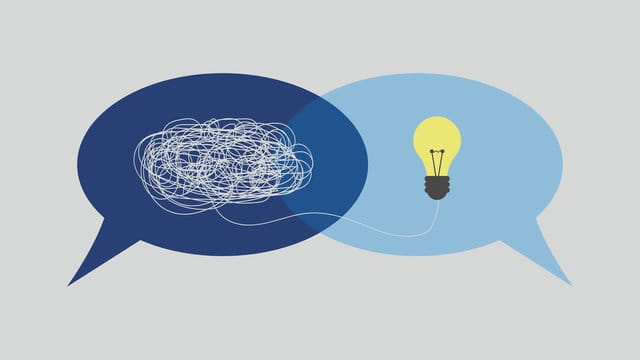
Yes, kids can learn about machine learning when it is divided into segments with age-friendly approaches. For example, children in elementary school can understand using basic analogies where machines are likened to students learning from 'show and tell' illustrations.
Games and fables are also good tools that make learning engaging and simple. With proper guidance and resources, kids can enjoy learning as well as understanding concepts
What is the right age to start learning machine learning from scratch?
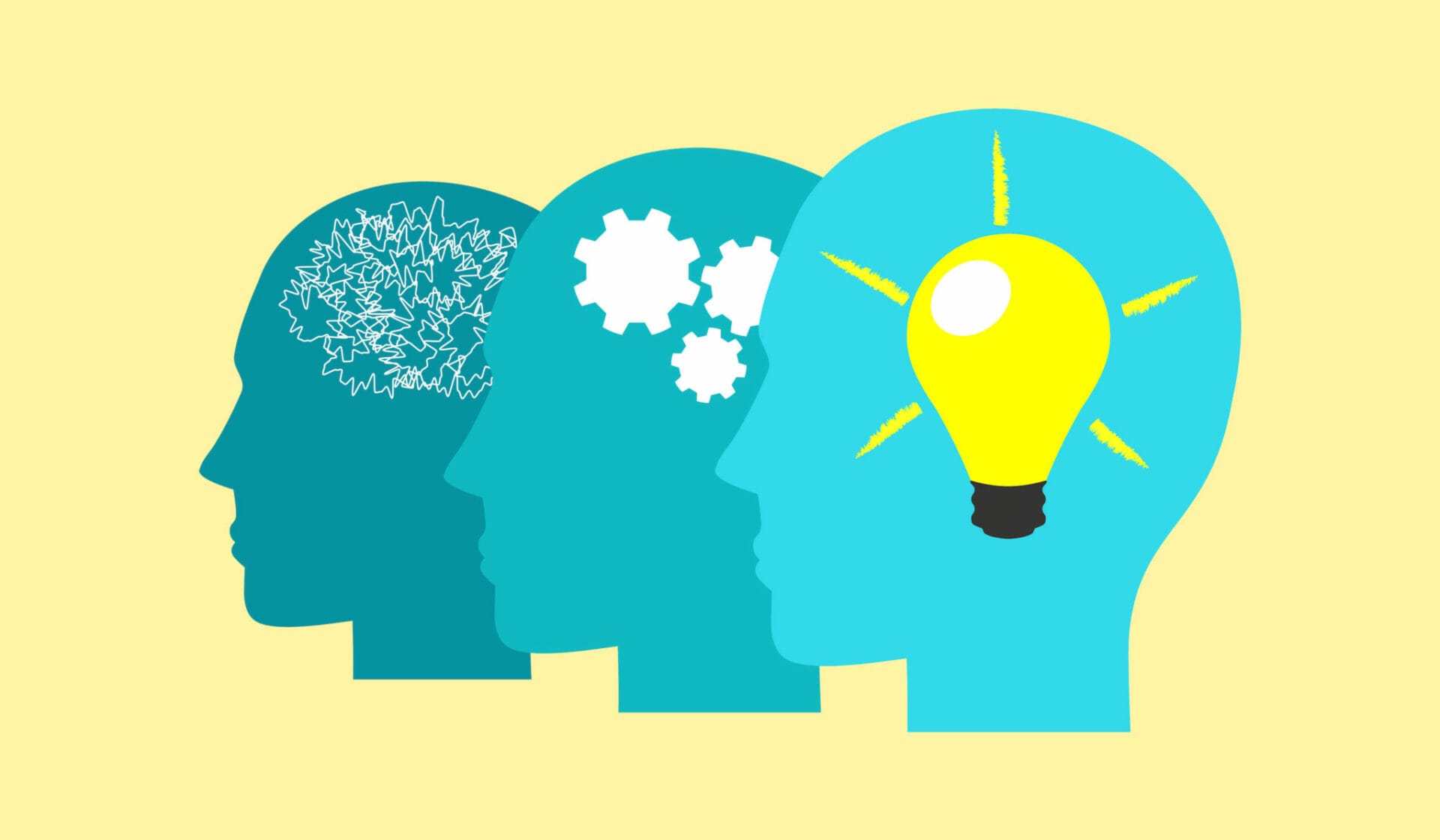
At the age of 10 to 12, kids can learn machine learning with the correct self-study tools. At this age, kids normally have a good understanding of simple math and logic to be able to handle simple ideas.
The key here is to start with extremely simple projects and then gradually build their interest and knowledge in increasing difficulty levels.
Do kids need advanced math for machine learning?

No, children don't require advanced math to begin learning machine learning. Knowledge of arithmetic, logic, and patterns is reasonably sufficient in the beginning.
Advanced subjects like algebra or Statistics can be bridged afterwards. Because the concepts soften up the child's hold, confidence is built up when they begin with simple and easy building blocks.
What are some fun ways to explain machine learning to kids?

Learning Machine learning can be more engaging with the use of games, technologies, narratives, and projects that the learners are already familiar with. An example is an explanation of a recommendation system using YouTube or the identification of images via photo apps.
Designed to foster learning, these projects make real-world connections. Children could be actively engaged with relatively simple tasks like sorting images or programming a basic chatbot.
How can I introduce my child to machine learning at home?

An interested parent can look for free educational resources that are available online about the basics of machine learning. Educational toys like coding kits, Raspberry Pi, or LEGO robotics offer interactive, hands-on ways to learn about these technologies.
Encouraging open-ended tinkering, question posing, and mini-projects fosters a child's natural sense of inquiry and hones their technological experience.
Will learning machine learning help with other subjects?
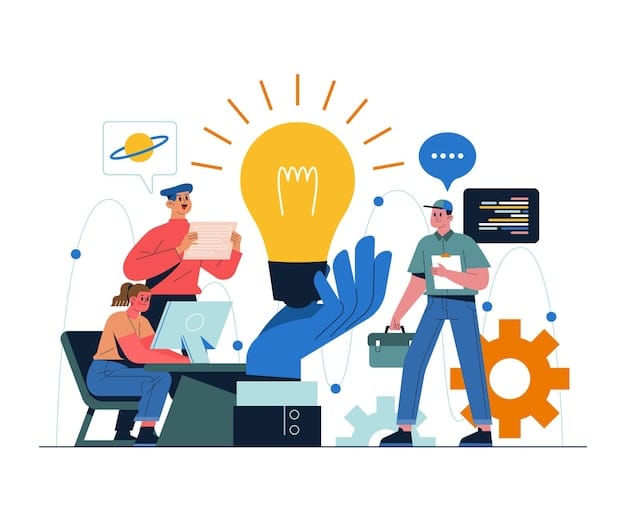
That's right. Learning machine learning promotes logical thinking, reasoning, and data analysis in a child, which can be useful in other subjects such as math, science, or even reading comprehension.
Such skills foster strong independent thinking and learning and help children prepare for life beyond schooling.
Comments
Your comment has been submitted successfully!